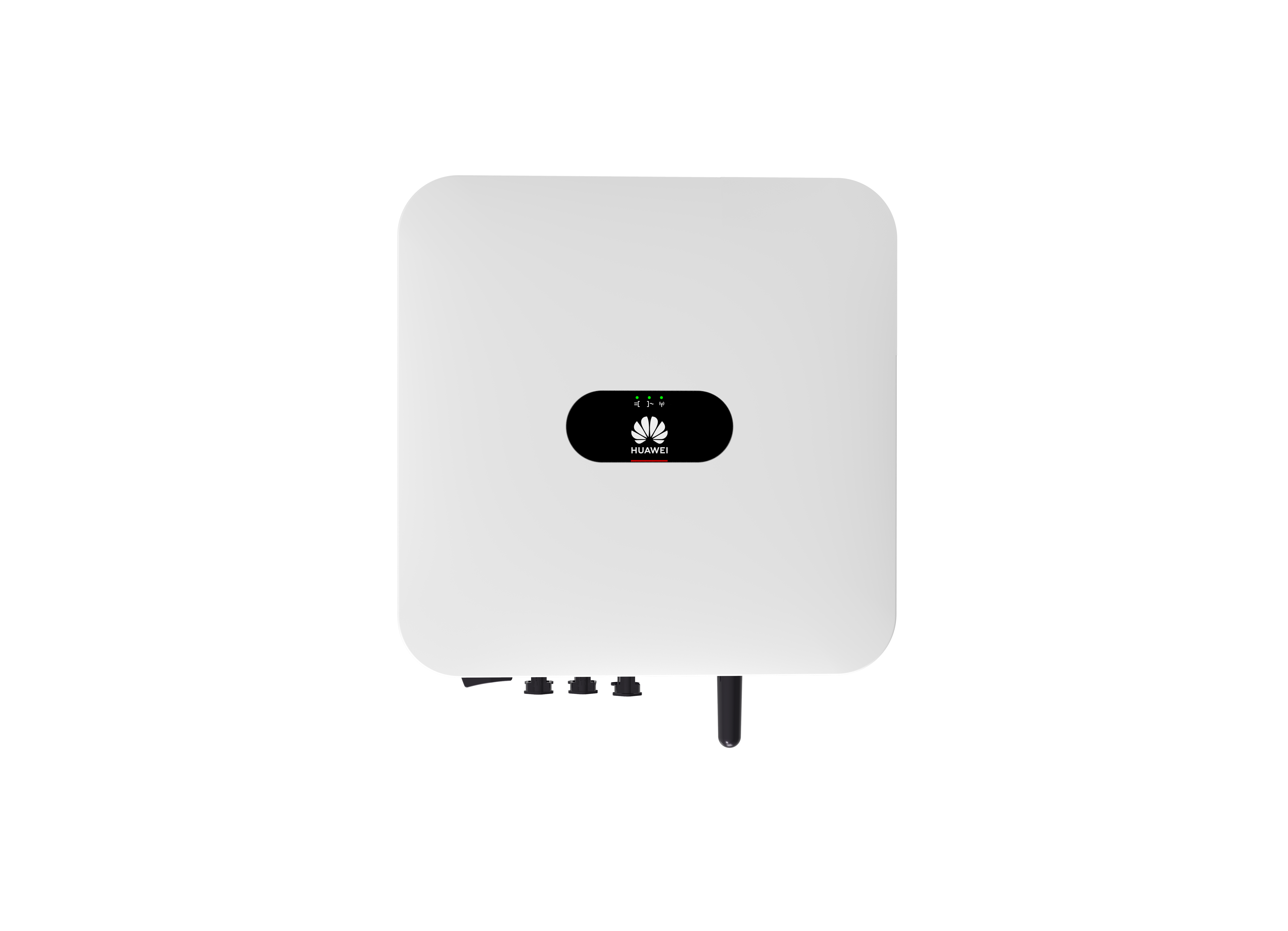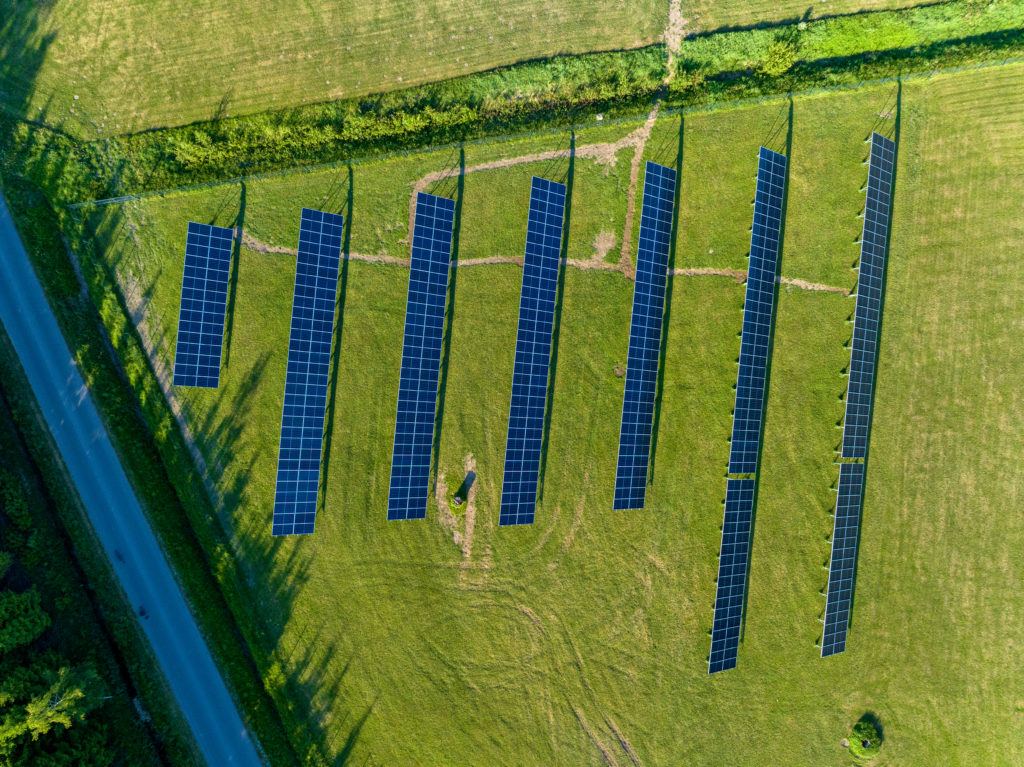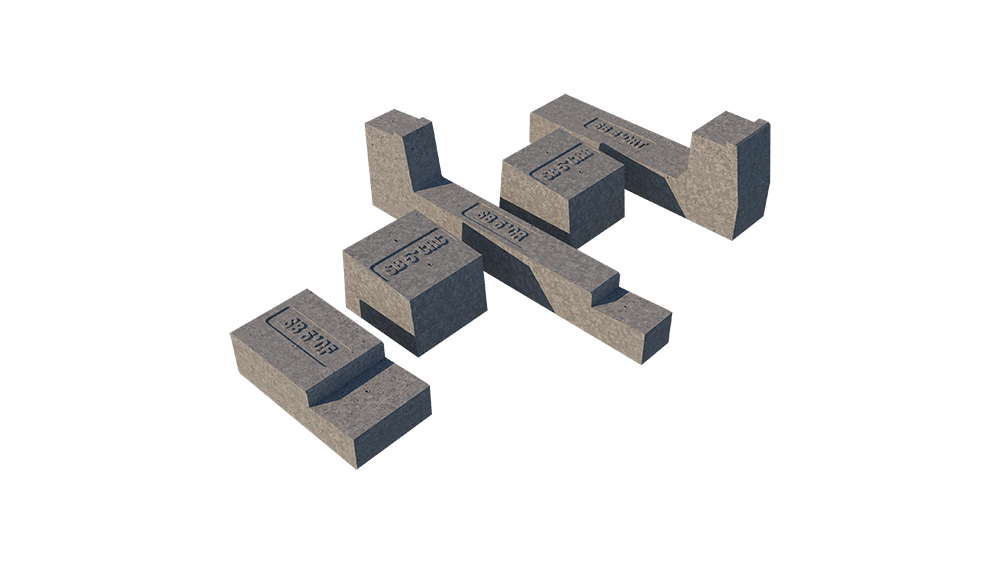Solar energy
The inverter and its working principle

The purpose of an inverter is to convert the direct current produced by solar panels into alternating current for the user. A grid-tie inverter works in synchronism with the grid and converts direct current to electricity with 230 V mains voltage and 50 Hz mains frequency. Most inverters also enable the possibility to monitor production via the Internet from a computer and a smart device using apps. For a network operator, the inverter is the most important device, because the inverter sends electricity to the grid. The total output power of the inverter(s) connected to the grid determines the type of electricity producer you are (see annex https://www.elektrilevi.ee/vaiketootjale)
The most important features of inverters
- Output power. Indicates the maximum power the inverter can produce. Network connection is based on the output power.
- Number of phases. Generally, 3-phase inverters are available starting from 3 kW. 1-phase inverters are used for lower power.
- Effectiveness. This shows how much of the direct current produced by the solar panels the inverter can convert into alternating current. The efficiency of good inverters is at least 97%, and for the best ones over 98%.
- Inverter type: grid-tie inverter, hybrid inverter, or back-up inverter
What inverters do we offer?
The main manufacturers we use are Fronius and Huawei, which manufacture inverters with very high efficiency. For solutions with a great deal of shaded areas we use Tigo optimisers that are compatible with different inverters and can be attached to just the relevant panels.



